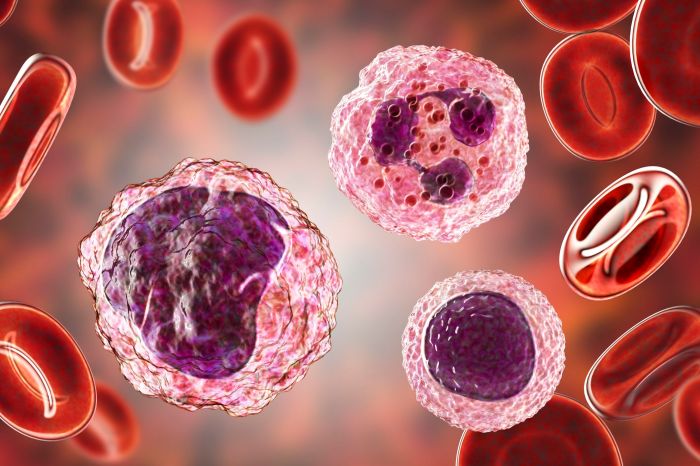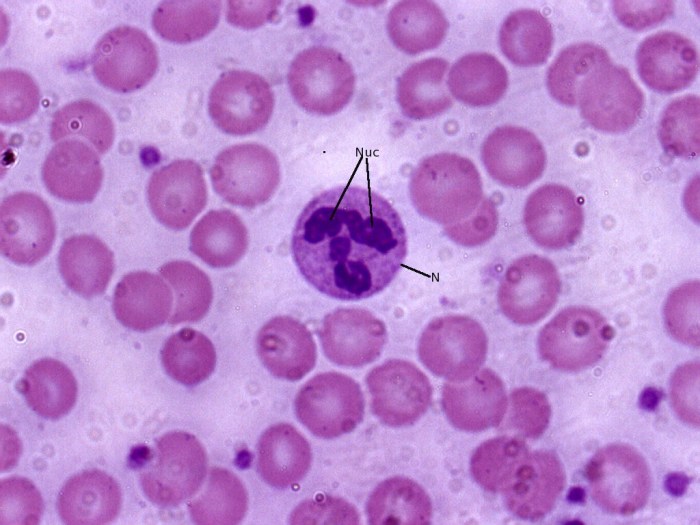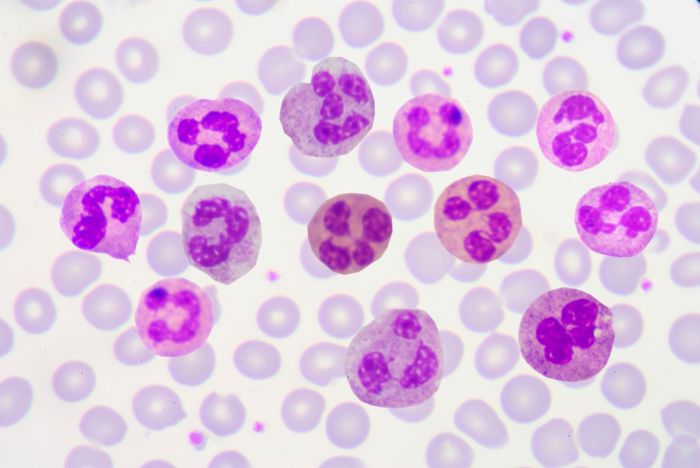In ige-mediated hypersensitivity all of the following are needed except – IGE-mediated hypersensitivity, a complex immunological reaction, requires specific factors for its occurrence, with one notable exception. This article delves into the intricacies of IGE-mediated hypersensitivity, exploring the essential factors and the unique exception that challenges the norm.
IGE antibodies, mast cells, and basophils play crucial roles in initiating and mediating IGE-mediated hypersensitivity reactions. However, there exists an exception to these essential factors, providing insights into the diverse mechanisms involved in immune responses.
Overview of IGE-Mediated Hypersensitivity

IGE-mediated hypersensitivity is an immune response that occurs when an allergen binds to specific antibodies called immunoglobulin E (IGE) bound to mast cells and basophils. This binding triggers the release of inflammatory mediators, such as histamine, which cause symptoms such as sneezing, runny nose, and itchy eyes.
The mechanism of IGE-mediated hypersensitivity involves several steps:
- Sensitization: The initial exposure to an allergen leads to the production of IGE antibodies by B cells.
- Binding: Upon subsequent exposure to the allergen, it binds to the IGE antibodies bound to mast cells and basophils.
- Degranulation: The allergen-IGE binding triggers the degranulation of mast cells and basophils, releasing inflammatory mediators.
- Inflammation: The released mediators cause inflammation and the symptoms of hypersensitivity.
Factors Required for IGE-Mediated Hypersensitivity
Several essential factors are required for IGE-mediated hypersensitivity to occur:
- Antigen (allergen): The substance that triggers the allergic reaction.
- IGE antibodies: Antibodies that bind to the allergen and trigger the degranulation of mast cells and basophils.
- Mast cells and basophils: Cells that contain and release inflammatory mediators.
- Inflammation: The process that leads to the symptoms of hypersensitivity.
Exceptions to Required Factors
In some cases, IGE-mediated hypersensitivity can occur without the presence of all the required factors. For example, in the case of anaphylaxis, a severe allergic reaction, the allergen can directly activate mast cells and basophils without the involvement of IGE antibodies.
Examples of IGE-Mediated Hypersensitivity
IGE-mediated hypersensitivity reactions can manifest in various forms, including:
- Allergic rhinitis: Sneezing, runny nose, and itchy eyes caused by allergens such as pollen, dust, or pet dander.
- Asthma: Wheezing, coughing, and shortness of breath caused by allergens such as pollen, dust, or smoke.
- Food allergies: Symptoms such as hives, swelling, and difficulty breathing caused by the ingestion of specific foods.
- Insect sting allergies: Severe reactions to insect stings, such as swelling, pain, and difficulty breathing.
Treatment and Prevention of IGE-Mediated Hypersensitivity, In ige-mediated hypersensitivity all of the following are needed except
Treatment options for IGE-mediated hypersensitivity include:
- Avoidance of allergens: Identifying and avoiding triggers that cause allergic reactions.
- Antihistamines: Medications that block the effects of histamine and other inflammatory mediators.
- Epinephrine auto-injectors (EpiPens): Devices that deliver a life-saving dose of epinephrine in case of anaphylaxis.
Preventive measures to reduce the risk of IGE-mediated hypersensitivity reactions include:
- Allergy testing: Identifying allergens that trigger reactions.
- Immunotherapy: A treatment that gradually exposes individuals to allergens to reduce their sensitivity.
- Lifestyle modifications: Avoiding triggers and maintaining a healthy lifestyle.
Top FAQs: In Ige-mediated Hypersensitivity All Of The Following Are Needed Except
What is the key difference between IGE-mediated hypersensitivity and other types of hypersensitivity reactions?
IGE-mediated hypersensitivity involves the activation of IGE antibodies bound to mast cells and basophils, leading to the release of inflammatory mediators.
Can IGE-mediated hypersensitivity reactions occur without the involvement of mast cells?
Yes, in rare cases, IGE-mediated hypersensitivity reactions can occur through the activation of basophils alone, without the involvement of mast cells.
What are the most common examples of IGE-mediated hypersensitivity reactions?
Common examples include allergic rhinitis, asthma, food allergies, and anaphylaxis.

